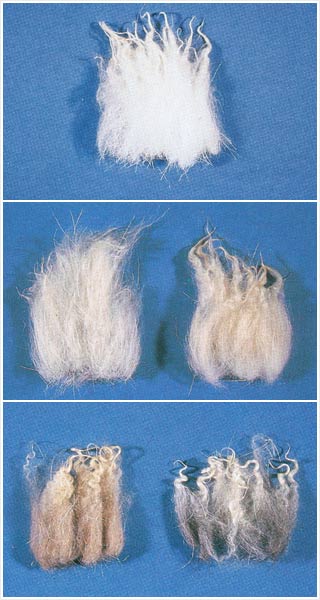The Fascinating World of cashmere: Understanding Its Fiber and Uses
The Fascinating World of cashmere: Understanding Its Fiber and Uses
Blog Article
Factors You Should Require Cashmere an All-natural Fiber for Convenience and Beauty in Everyday Wear
In the world of fabrics, couple of fibers rival the high-end and comfort of cashmere. This special product, recognized for its premium soft qualities and insulation, supplies exceptional convenience and style for day-to-day wear. What establishes it apart from various other fibers? Exactly how does it affect the environment and exactly how does it compare to synthetic alternatives? Just how can one best use cashmere to elevate their style? These interesting questions lay the structure for an enlightening exploration into the globe of cashmere.
Recognizing the Lavish Nature of Cashmere

Assessing the Convenience Element of Cashmere Wardrobe
What qualities underscore the comfort aspect of cashmere garments? The soft qualities of cashmere is the first high quality to take into consideration. Its luxurious appearance makes it seem like a 2nd skin, providing warmth without the weight or itchiness connected with various other wool products. In addition, cashmere's special fiber framework enables for breathability, managing temperature and protecting against getting too hot. The product's flexibility and resilience guarantee that it molds against the body comfortably, preserving its shape gradually. Cashmere's hypoallergenic properties also add to its comfort, making it a what is cashmere suitable choice for delicate skin. Finally, the capacity to layer cashmere pieces without thickness increases the comfort variable. Essentially, the comfort of cashmere is stemmed from its soft qualities, breathability, toughness, hypoallergenic nature, and versatility.

The Ecological Impact and Sustainability of Cashmere
While the convenience and sophistication of cashmere are undoubtedly appealing, it's equally important to consider its connection with the setting. Cashmere manufacturing, mostly in Mongolia and China, involves elevating cashmere goats, which can dramatically strain breakable grassland ecological communities because of overgrazing. This can cause desertification, a pressing environmental concern. The processing of cashmere, involving dyeing and washing, can likewise add to water pollution if not appropriately taken care of. Initiatives are being made to establish lasting cashmere manufacturing techniques, such as rotational grazing and cleaner handling methods. While cashmere has ecological impacts, its sustainability largely depends on manufacturing techniques.
Contrasting Cashmere to Synthetic Fibers: A Cost-Benefit Evaluation
Regardless of its environmental challenges, cashmere offers an unique set of benefits over synthetic fibers. On the price side, cashmere is undeniably much more pricey because of its labor-intensive production process. Yet, the advantages make it worth the financial investment. Cashmere's all-natural fibers use exceptional soft qualities and heat, equating into convenience that synthetic fibers battle to match. In addition, cashmere pieces are extremely long lasting, promising longevity that offsets preliminary costs in time. Unlike synthetic fibers, cashmere does not add to microplastic air pollution, making it a more sustainable choice. On the other hand, artificial fibers, while less costly upfront, use less comfort, have shorter life expectancies and position ecological problems. Hence, when examining cost-benefit, cashmere's exceptional qualities make it a worthwhile investment for day-to-day wear.
Styling Tips With Cashmere for Everyday Beauty
Having considered the cost-benefit analysis of cashmere compared to artificial fibers, it comes to be clear why this glamorous material is a favored choice for numerous. When styling cashmere for everyday beauty, simpleness is key. Ultimately, the fundamental sophistication of cashmere makes it a versatile addition to any type of closet, effortlessly enhancing daily clothing with a touch of luxury.

Verdict
In addition, cashmere's sustainability and reduced environmental effect contrasted to artificial fibers better boost its appeal. Investing in cashmere garments is a rewarding choice for comfort, design, and sustainability.

Report this page